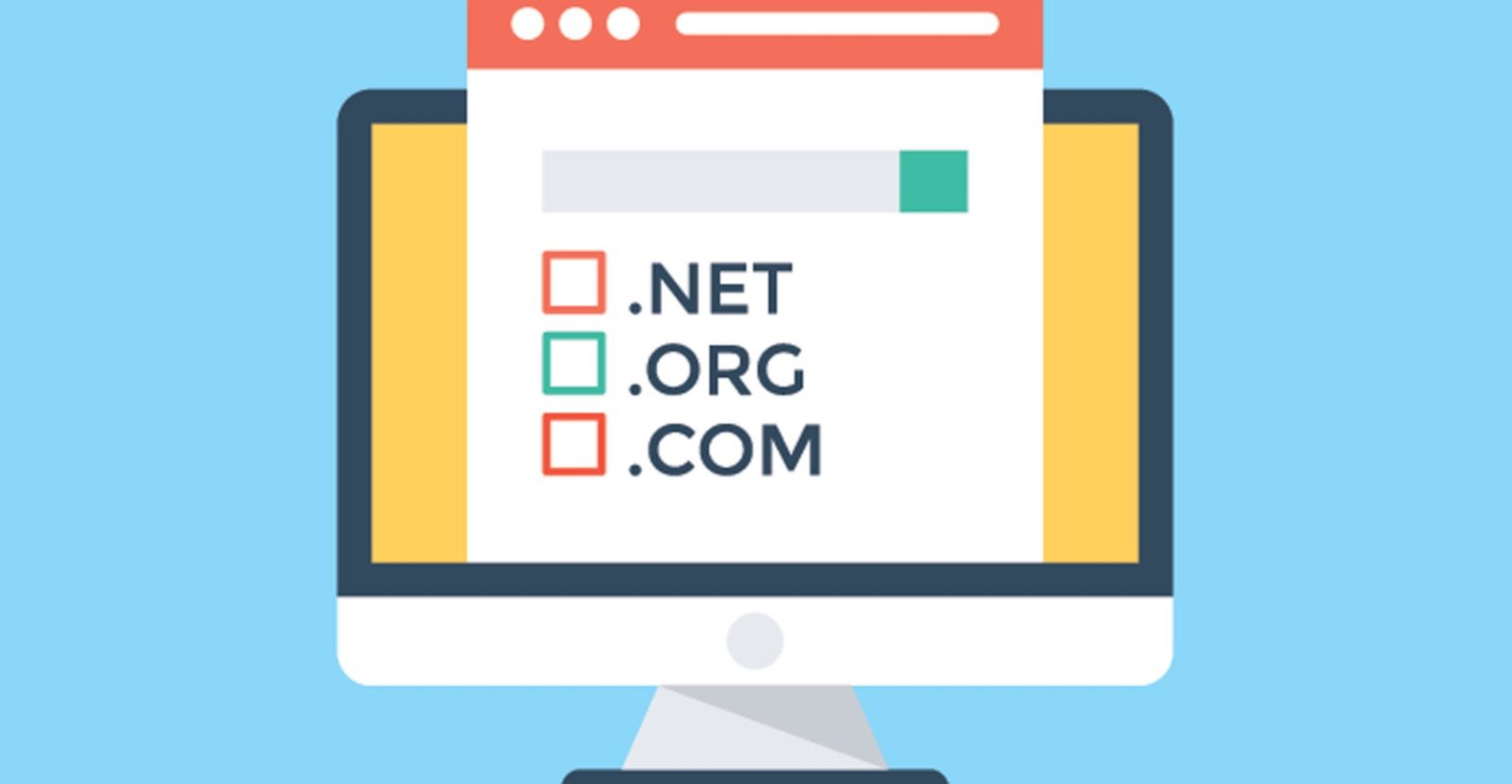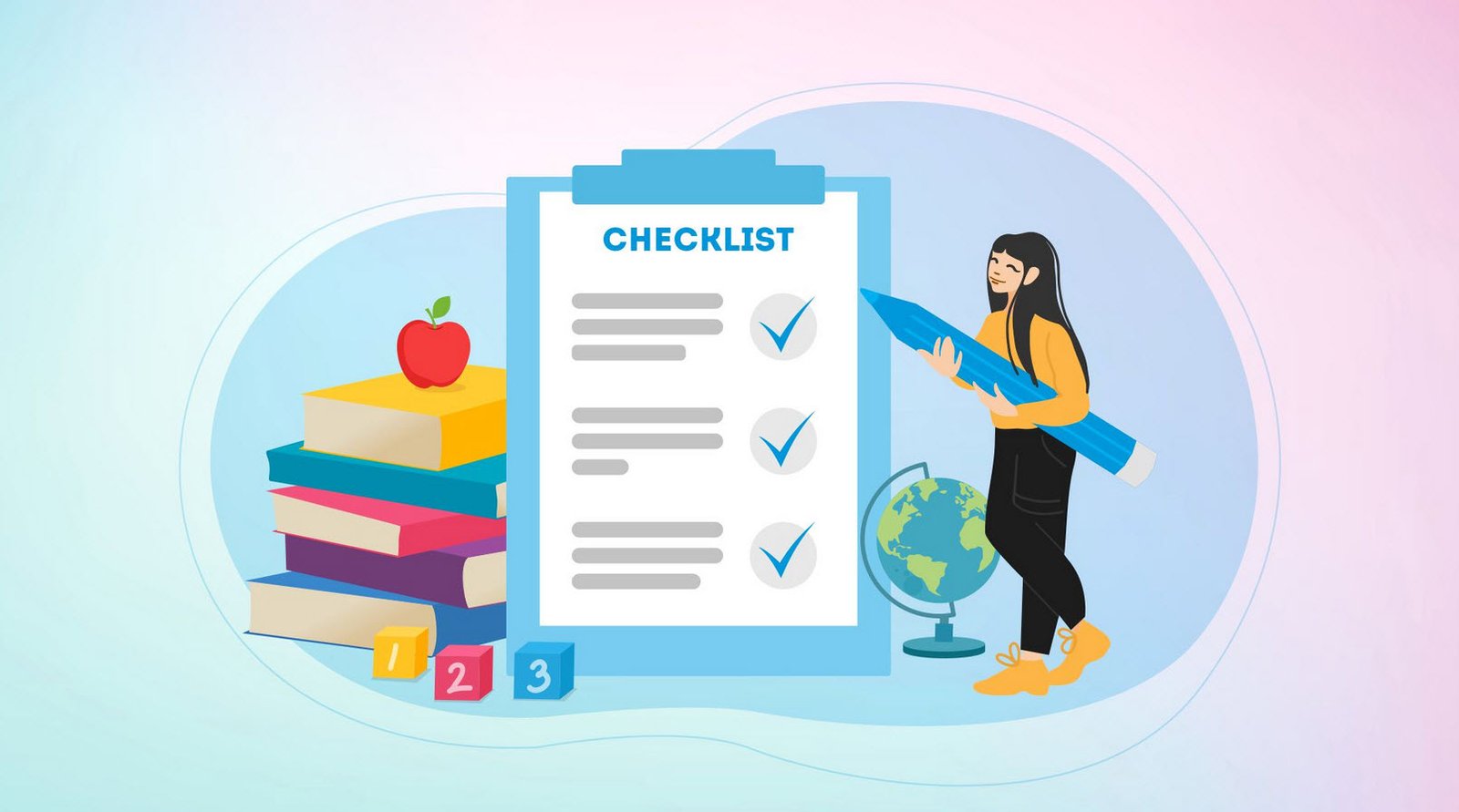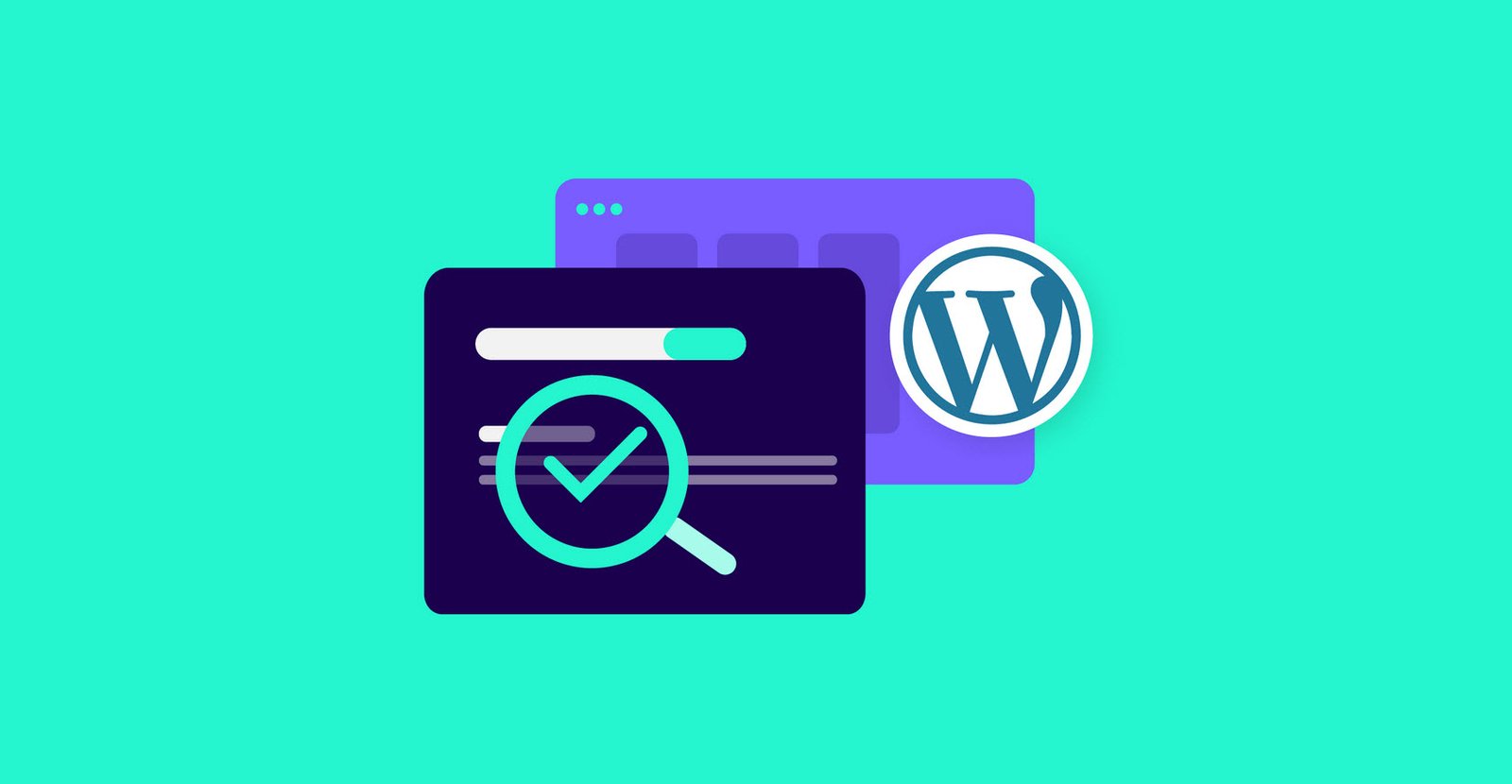
Online branding is a procedure of building the identity of any person or brand online using a website, Google, Facebook, Instagram, blog post, and other online marketing channels. This process helps expand the exposure of the brand’s identity on the web to widen the reach of the brand, products, or services in front of potential customers.
- Position your brand
- Create a consistent brand identity
- Pick a winning name
- Register your brand
- Secure domain names
- Promote your online value proposition (OVP)
- Create brand rules
- Create a video
- Online Press Release Campaign
- Create YouTube Channel
- Stay Alert
- Advertising Budget
- Consistent brand messages
- Brand identity
- Register domain names
- Build Awareness
- Create an emotional connection
- Convey distinguishing attributes
- Gain credibility and trust
- Achieve buyer preference
1. Position your brand
Positioning your brand is about occupying a position in the mind of your prospects that differentiates it from competitor brands. This is one of the difficult things about creating a successful brand whether that’s online or offline.
There are many competitors out there vying for the same customers that your business is targeting, so to reach them, grab their attention and create an online value proposition that is unique and of paramount importance when you introduce your brand to the market.
2. Create a consistent brand identity
Your brand identity is a collection of all the physical and emotional attributes of your brand. These include your name, logo, colours, tagline, images, sounds and smell that your target audience can feel, touch, sense, hear, smell and see. Depending on the nature of your business, some of these will be more important than others.
For example, a perfume manufacturer will have a smell as a primary brand identity element. Together, these brand elements combine to create a compelling offer that is irresistible and unforgettable with your target audience and hopefully leads to brand preference at the time of purchase.
3. Pick a winning name
A name is the most important feature of the brand identities of most brands. It’s one of the easiest things that people will recall about your brand and here are some guidelines to construct yours:
- It should be unique
- Easy to remember
- Should be short
- Easy to pronounce
4. Register your brand
You can register your brand name and brand mark with the trademark registration organisation International Property Organisation (IPO) to give you exclusive ownership of its use and enforce anyone who uses it without your permission. It also helps to ensure that you don’t suffer litigation from anyone who claims to own it.
5. Secure domain names
As you research your brand, you should also check that domain names are available to register or have the financial resources to buy them from current owners. The two main top level domain names are .com and .co.uk for UK brands or the equivalent in your country and move quickly to register these as you wait for the acceptance of your trademark registration.

Also, register other domains like .net, .biz and .org to ensure that your competitors don’t try to steal some of your traffic. It may also be worth registering close variant domain names to protect your name and not lose traffic to other sites when people misspell your name.
6. Promote your online value proposition (OVP)
Use every opportunity to promote your OVP that includes all the benefits that your target markets need or want. Your OVP is a combination of your unique selling proposition that differentiates your brand from competitor brands and the benefits that are of importance to your customers and are also your strengths.
With a strong OVP, your business will be more profitable, and you will stand out from competitors and this will lead to greater market share.
7. Create brand rules
Your brand rules state how your organisation will use your brand identity, staff, partners and other stakeholders for advertising, in communications and wherever prospects come in touch with your brand on the web.
This is especially important if you work with designers, freelancers and agencies and you can create a document stating how your logo and other brand identities are to be used in all communications.
8. Create a video
Video is powerful for putting across your concepts, ideas, products or services because of its audio and visual elements. There has been an explosion in video production over the last 5 years, and YouTube is now the world’s second largest search engine.
There are many free tools to use to create a video, and even professionally created ones are cheap and will do wonders for your business.
9. Online Press Release Campaign
If you are about to launch a new product or service, don’t lose the opportunity to create buzz around it by releasing a press release. However, you should state how it benefits your customers or the general public and make it newsworthy too.
If you have little experience running a press release, it’s best that you hire a PR expert or use a service like http://www.prnewswire.co.uk
10. Create YouTube Channel
YouTube is now the second largest search engine and is catching up fast with Google Search, so it can’t be ignored. This tool is effective in increasing brand awareness, and if you have a product or service you are launching or just need to educate your target market on your products, then this is the place to be.
Also Read: 14 Best Youtube Channels for Programmers
It’s now much cheaper to create professional videos, and there are freelancers on sites like Fiverr and People Per Hour that can create your videos for a low fee and upload them to YouTube.
You can also create a video campaign in Adwords and promote your video to any or all audiences.
11. Stay Alert
Keep track of any news about your brand, company and products by signing up to Google Alerts. It will help you with online brand management, and you can quickly respond to any comments or questions people have about your offers. It also helps you to keep a close eye on competitors and on what is happening in your industry.
12. Advertising Budget
One significant error made by countless online brands is to set a low budget for their advertising and branding campaigns. This makes achieving marketing objectives almost impossible when there are insufficient resources to implement the online strategy and the tactics.

Also, the budget should meet or exceed competitor budgets because they will be chasing the same customers and it’s important that you have the resources to promote your products or services.
13. Consistent brand messages
Inconsistent messages lead to dilution of your brand values and leads to confusion with your target markets. Wherever your brand is represented, whether that’s your website, social media platforms or in your advertising such as pay per click advertising, you should have a consistent brand identity that resonates with target audiences and positions your brand as the solution to their wants and needs.
Overall, you should stick to the promise that your brand makes. Whether that is always low prices or a premium quality service or whatever that is, you should maintain it in all communications.
14. Brand identity
Your brand identity includes all visible elements of your brand such as your name, logo, tagline, colours, fonts, images and any other physical attributes. This is what target markets associate with your brand, and it represents in a tangible way the promise that your business makes.
However, some businesses take shortcuts when creating their brand identity and will often create their logo or hire an inexperienced designer to create an impressive brand mark and logo. This requires expert help, and it’s important that you hire a proven team of experts to contribute to creating all aspects of your brand.
15. Register domain names
When you create your brand and are ready to launch it to the world, it’s likely you would have registered the main domain extensions like .com and .net and your country level domain like .co.uk for the United Kingdom.
However, you should register as many extensions that are available including .biz and .org so that you can prevent people from registering these names and setting up rival websites that will steal your traffic and customers.
Without securing all domains including close variants you risk losing traffic in the search engine results, especially when competitors rank high for the sites that they launch.
16. Build Awareness
If the objective is to build awareness, then decisions should be made about what percentage of the target market should be made aware of the brand and by when. This will often be at the launch of the brand when it has zero awareness with potential customers, so the business has to create a strategy about how this awareness will be achieved and by when. An example of a brand awareness objective is: “Achieve 70% brand awareness with online customers by December 2016.”
This brand strategy objective will require specific online channels and tools to launch and manage and some of the main ones like display advertising, social media marketing and Online PR. With display advertising, for example, Google Display Network campaigns can be launched which focus exclusively on banner ads placed on sites that closely relate to the business and its target markets.
Channels like search advertising are not as effective at raising brand awareness because the target customers need to be aware first of the brand before people can start searching for it. However, there are generic search terms that people will be searching with, and these can be included in search campaigns to promote the new brand.
17. Create an emotional connection
Creating an emotional connection with target markets is not possible for all types of brands especially with business brand names acquired for business operations. However, with many consumer brands, creating emotional connections is common with many large brands like Apple, Coke, BMW, Disney and others, and it is possible for a wide range of businesses that operate in the digital sphere.
Here, experience is of paramount importance, and this should be the objective of the website and landing pages to create an experience that leads to high visitor engagement and high customer retention. Social media is also a good channel to highlight the benefits of the brand and create buzz around its attributes.
18. Convey distinguishing attributes
The positioned brand should be providing greater value than what competitor offers, not just in price and discounts, but in benefits offered and advantages that customers get from acquiring the brand and not competitors’.
The brand identity should be unique and appealing, and it should highlight the values that it stands for. In communications and promotions, the distinguishing attributes should be highlighted and demonstrated to show how they trump competitor attributes.
19. Gain credibility and trust
To gain credibility and trust, the brand should live up to its promises. If the promise is to deliver products within 24 hours of purchase, for example, then this should be its number one objective and all operations should be focused on achieving this. Anything less than the promise that the target customers have bought into, will lead to frustration and lack of trust and credibility.
The website is important here too and should include all features that help to build trust such as secure pages, info and FAQ pages, customer contact details, fast loading pages, proper navigation and so on.
All claims made in advertising campaigns, particularly in pay per click advertising should be delivered within one click of the ad. If not, then visitors will bounce and never return, and you will accrue costs but no sales from your campaigns.
20. Achieve buyer preference
One benefit of creating a brand especially online is that it makes achieving buyer preference easier for the brand. Customers are more likely to trust a brand they are familiar with and are willing to pay more to acquire them.
You may also like:- Top 10 SEO Key Metrics You Should Measure
- 25 Best Niches for Different Types of SEO Businesses
- Top 19+ Technical SEO Checklist for 2024
- Top 10 SEO Score Checker Tools in 2024
- 7 Essential Factors to Rank in the Top 3 Spots of Google
- Best WordPress SEO Plugins for Enhanced Website Rankings in 2024
- OpenAI and Microsoft’s $100 Billion AI Data Center – A New Era in Artificial Intelligence
- SEO ChatGPT Prompts – Save Time & Rank Better
- [March 2024] Google SEO Updates You Need to Know
- Want Image SEO? Here is the Guide








